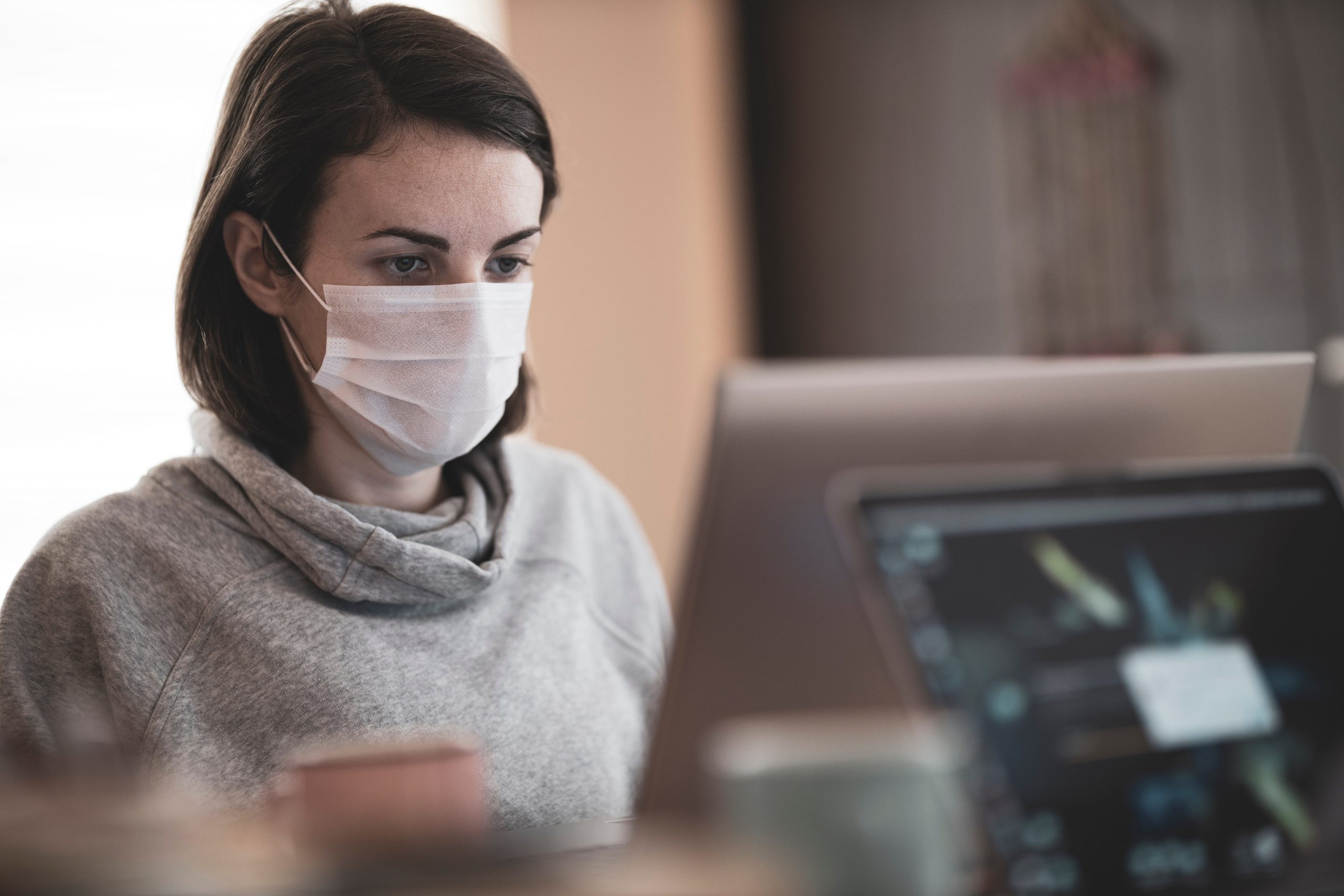 The Occupational Safety and Health Administration (OSHA) has updated guidance for COIVD-19 safety measures for higher-risk industries with workplaces that have mixed vaccination-status employees.
The Occupational Safety and Health Administration (OSHA) has updated guidance for COIVD-19 safety measures for higher-risk industries with workplaces that have mixed vaccination-status employees.
The revised guidance recommends:
- Fully vaccinated workers in areas of substantial or high community transmission continue wearing masks to protect unvaccinated people.
- Fully vaccinated workers who have close contact with people with coronavirus wear masks for up to 14 days unless they have a negative COVID-19 test at least three-five days after such contact.
The update also clarifies recommendations to protect unvaccinated workers and other at-risk workers in manufacturing and occupations that process agriculture, seafood, poultry and meat. It also now links to the latest guidance on K-12 schools and the Center for Disease Control statements on public transit.
The administration noted the updated guidance should be of particular interest for those operating in higher-risk sectors, such as those that require prolonged close contact with other employees as well as the general public. These industries include manufacturing; meat, seafood and poultry processing; high volume retail and grocery; and agriculture processing.
The update comes as part of OSHA’s commitment to review the COVID-19 Healthcare Emergency Temporary Standard every 30 days.
OSHA also recommends employers implement a multilayer intervention plan that includes:
- Facilitating employees getting vaccinated.
- Instructing any worker to stay home if they are infected or showing symptoms. If the employee is unvaccinated and had close contact with someone who had a positive test, they should also refrain from coming in.
- Putting physical distancing rules in place for communal work areas for unvaccinated or otherwise at-risk workers.
- Providing face coverings or surgical masks as appropriate.
- Educating and training the workforce on COVID-19 policies and procedures.
- Suggesting or requiring unvaccinated customers, visitors or guests wear face coverings in public-facing workplaces. Everyone should wear a mask in public, indoor settings located in areas of substantial or high transmission.
- Maintaining ventilation systems.
- Performing routine cleaning and disinfection.
- Recording and reporting COVID-19 infections and deaths.
- Setting up an anonymous process for workers to voice concerns as well as a program to prevent retaliation against an employee who files a complaint.
This article was written by Steve Hallo with NU Property Casualty 360. To read and learn more, visit: https://www.propertycasualty360.com/2021/08/18/osha-updates-guidance-for-unvaccinated-other-at-risk-workers


